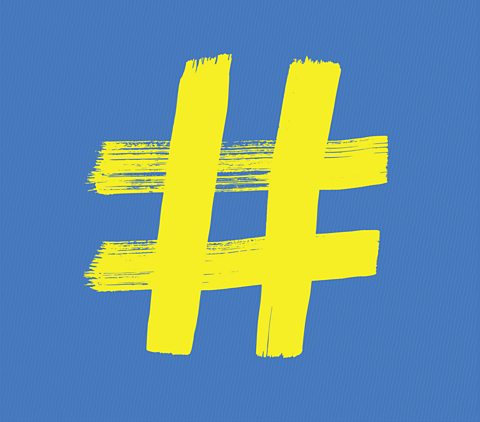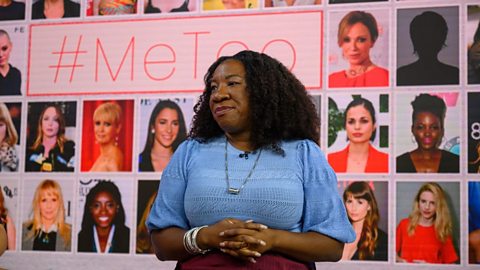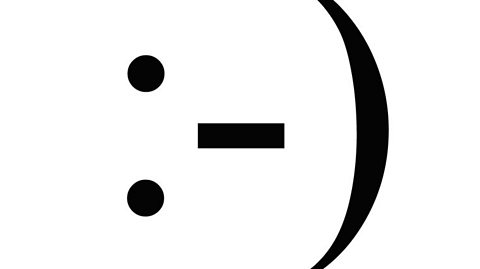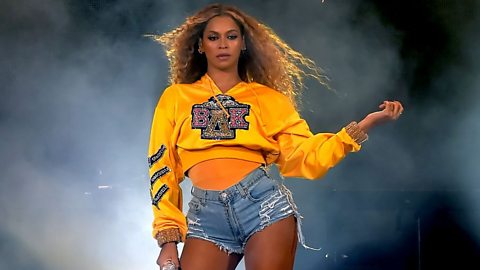
#didyouknow that while the word âhashtagâ was crowned childrenâs Word of the Year in 2015, they were actually first invented in 2007?
Since that year, the hashtag has grown from a random symbol on your phoneâs keypad to one of the most recognisable facets of our modern day media landscape.
It started its journey on Twitter, but now pretty much all social media platforms use it as a way of grouping similar content together. The most popular hashtag on Instagram, #love, currently has a staggering 1.8 billion posts listed underneath it.
Here are some of the viral hashtags that started movements and hit the headlines.

Barcamp
Hashtags have provided the rallying cries for many huge, global movements. However, we wouldnât have had any of them without the first ever hashtag - #barcamp.

In 2007, Chris Messina (now a social media expert) posed the idea of using the symbol as a way of grouping messages together, and used the example of barcamp, which is a term usually used to describe open forum conferences where lots of ideas are floated and debated. A fitting beginning for the once humble hashtag.
Ice Bucket Challenge
The summer of 2014 can probably be defined in three words: Ice Bucket Challenge.
The viral charity challenge was started to raise money for the Amyotrophic Lateral Sclerosis (ALS) Association in the US, and then the Motor Neurone Disease Association in the UK. These affect the brain and nervous system, and can cause muscle weakness, difficulty swallowing and slurred speech. The physicist Stephen Hawking lived with the disease for many years.

The idea for the challenge was simple - you either film yourself throwing a bucket of cold water over yourself to emulate the feeling of ALS, or you donate to charity, and then challenge a few of your friends to do the same thing.
It wasnât started by either of the charities, and its origin is unclear because of how quickly it spread, however its popularity soared after Justin Timberlake took part on 12 August 2014.
Love Wins
In May 2015, Ireland became the first country in the world to legalise same sex marriage after a nationwide referendum. The yes vote won 62% to 38%.
Then in June 2015, the US Supreme Court made same sex marriage legal countrywide, after 11 years of individual states legalising it slowly, one by one.
And in July 2019, Northern Ireland followed the rest of the UK when same sex marriage was legalised by a UK Act of Parliament. The first same sex marriage took place in the country in February 2020.
Whilst LGBTQ rights might be the obvious common thread between all of these events, another is the fact that the hashtag #LoveWins trended as a result of all of them taking place. Itâs now a widely used hashtag to signify LGBTQ pride.
Me Too
Although it wasnât until the late 2010s that MeToo became a phrase known and used across the globe, activist Tarana Burke coined the term on MySpace in 2006 and began a movement against sexual harassment and assault.

Then in 2017, an explosive New York Times investigation into sexual harassment accusations lodged at one of Hollywood's most famous producers, Harvey Weinstein, was published. In the wake of this, actress Alyssa Milano tweeted on October 15 2017 a friendâs suggestion that other women should share their experiences using the hashtag #MeToo. It became a symbol of solidarity, letting survivors know that they are not alone.
Soon it became synonymous with rage felt at not just individuals, but systems and institutions that had for too long, many believed, protected the identities and reputations of harassers over victims. Countless industries have now had whatâs been dubbed their âMeToo momentâ where women (and men) working within them have exposed what they see to be unfair practices and malicious behaviour.
Black Out Tuesday
In May 2020, when George Floyd was killed after being stopped by police in Minneapolis, USA, it seemed thousands upon thousands of people cried out in universal outrage.
This kick-started a number of anti-racism protests across the world, in which protesters called for not only an end to police brutality, but also to what is seen as systemic, ingrained racism in parts of society.
In the midst of this, Brianna Agyemang and Jamila Thomas, who work for Atlantic Records, called for people to share the hashtag #TheShowMustBePaused along with a black square on Instagram on 2 June 2020, as well as pausing any other posts that day. This was to show solidarity with those within the music industry who felt they had experienced racial injustices within it.
Because of the nature of the post, some started calling it #BlackoutTuesday. Huge stars such as Rihanna and Billie Eilish joined in, and soon after many others, big accounts and small, related and unrelated to the music industry, were sharing black squares.
There was some criticism of people who took part, especially when people also used the hashtag #BlackLivesMatter in their post, as it was seen to be clogging up a feed meant for protest information with black squares. However, others felt that it was a huge indication of solidarity with black people - you certainly couldnât miss it if you logged on that day.
Who invented the emoticon and did it exist before computers?

The psychology of stanning
What happens when we become obsessed with a celebrity?

Furry friends with thousands more followers than their owners.
